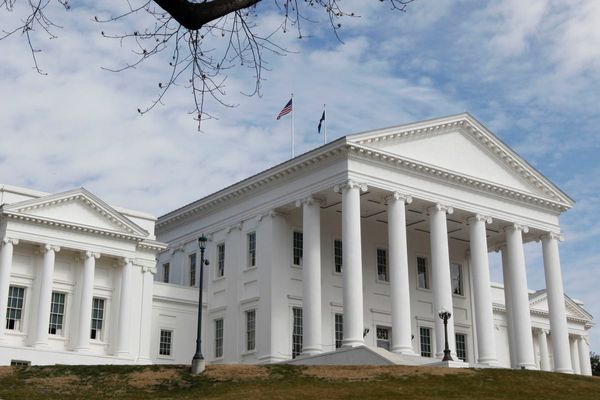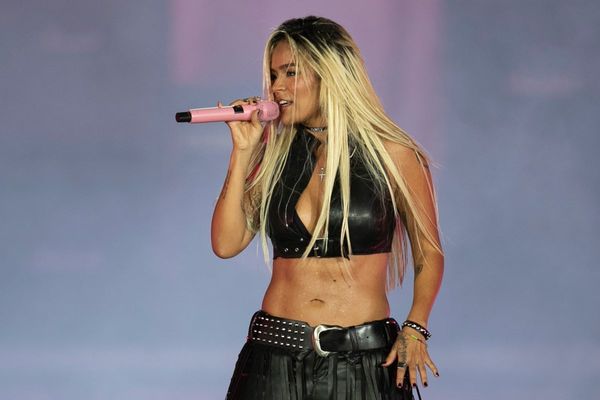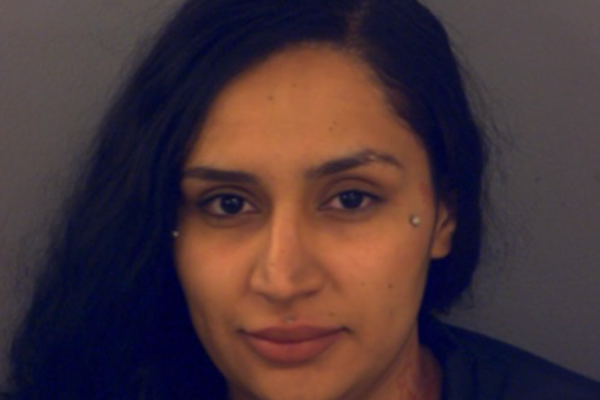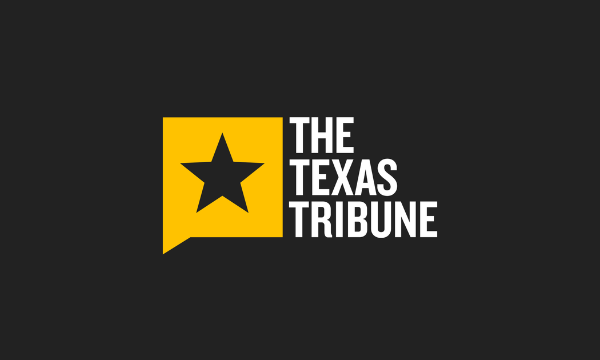THE story of “ordinary” people working to achieve a transformation in land ownership in Scotland is being told through a touring arts exhibition.
The Where We Stand exhibition includes a timeline of Scotland’s land history and shares six communities’ stories through the display of creative works, developed through collaborations between communities and artists.
Although it has faced – and is still facing – many obstacles, community land ownership has been achieved in many places across the country, from the transfer of the town of Stornoway to the community in 1923, to the UK’s first community woodland at Wooplaw outside Galashiels in 1987 and more recent buyouts like that of Tarras Valley by the Langholm Initiative.
In the past 30 years, more than 500 communities in Scotland have taken ownership of land and buildings, including 21 in the Scottish Borders.
“The roots of this community revolution were not in the corridors of government, but in kitchens and community halls and we want to tell the story of ordinary people who have achieved extraordinary things,” said Linsay Chalmers, development manager at Community Land Scotland.
“Community landownership has been responsible for economic regeneration and repopulation in the Highlands and Islands. It is on the rise in the Scottish Borders
now and we want people to come along to the exhibition and be inspired about what could be achieved in their community.”
The works on show include a map of the Tarras Valley Nature Reserve in Langholm formed using remnants of local textiles with embroidery and felting techniques and made by artists Ann Smith and Helen Walsh. The nature reserve was created when the community bought land in 2021/22, including an area that has historically been used for the Langholm Common Riding.
Other works included in the exhibition are bronze casts of peat from the Galson Estate in Lewis by artist Virginia Hutchison, and walking sticks created by children and the artist Richard Bracken from wood in the community-owned Abriachan Forest near Loch Ness (pictured).
The Isle of Eigg Heritage Trust and Govanhill Baths Community Trust collaborated with Kate O’Shea to create the Revolutionary Archivists scarves and North Edinburgh Arts worked with Frances Boakye to create The Cost Of Freedom – woven baskets representing the diversity of the community.
The project, which opened in Stow, is supported by the National Lottery Heritage Fund and the Scottish Government.
Grace Murray, chair of Stow Community Trust, said: “With thanks to the support from Scottish Borders Council, we are absolutely delighted that Stow was chosen to be the first location for this fantastic travelling exhibition.
“The exhibits highlight the art of the possible when communities come together to achieve shared goals.”







